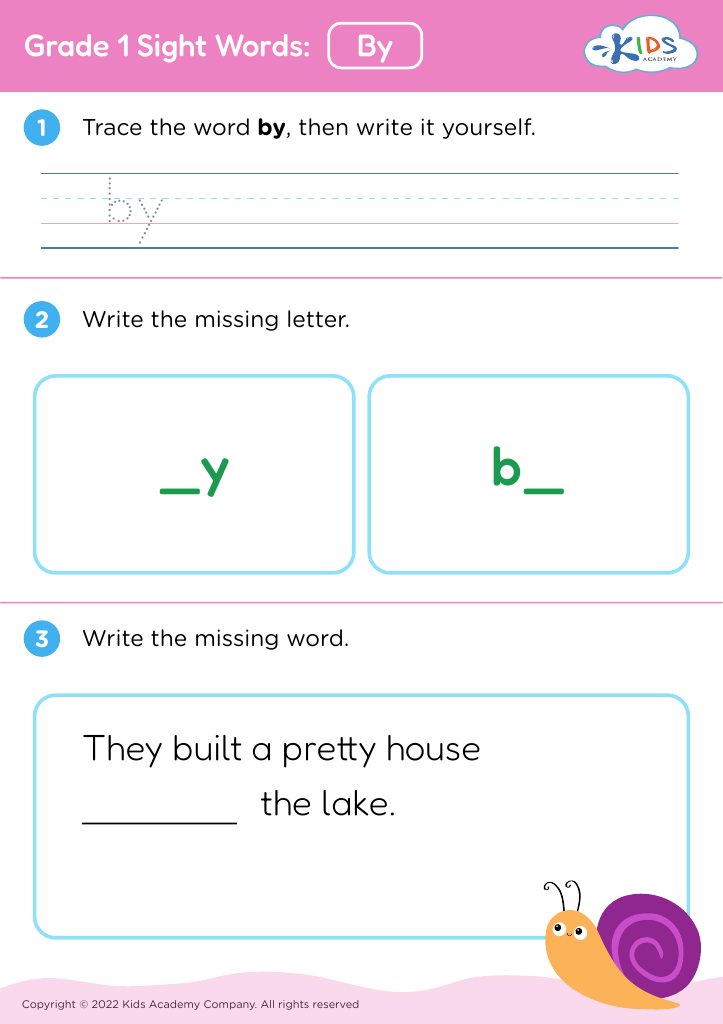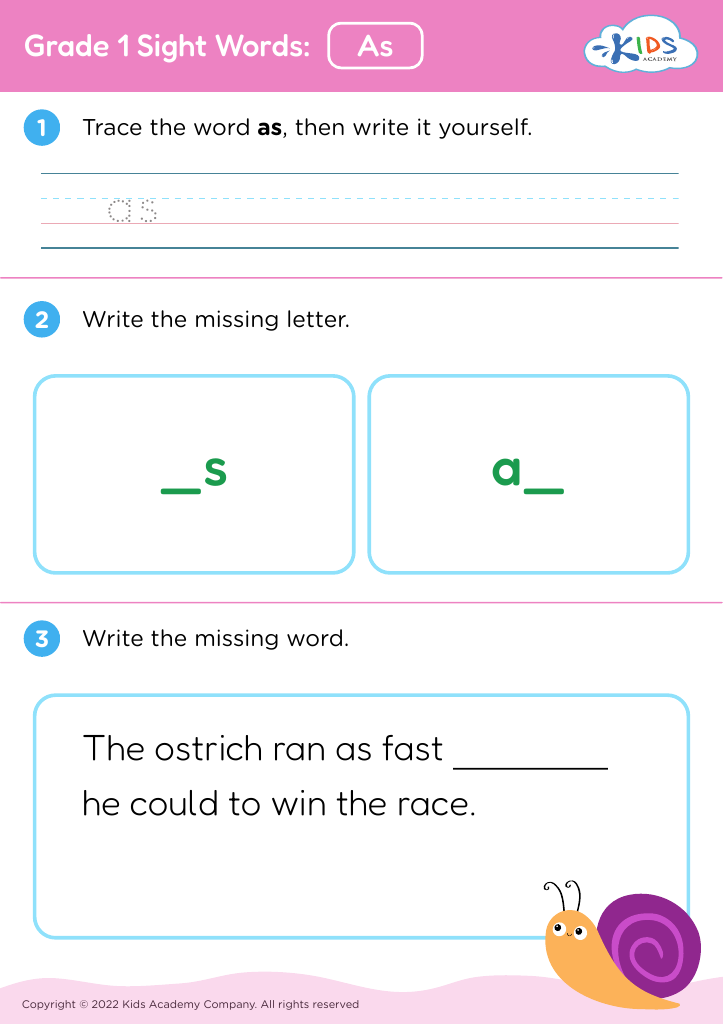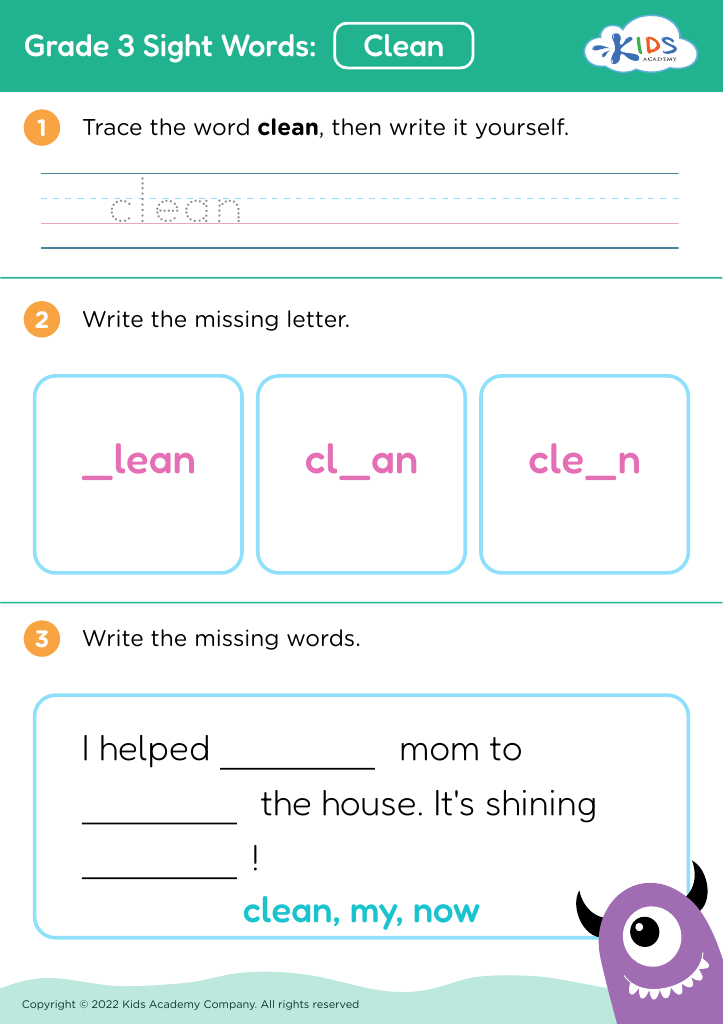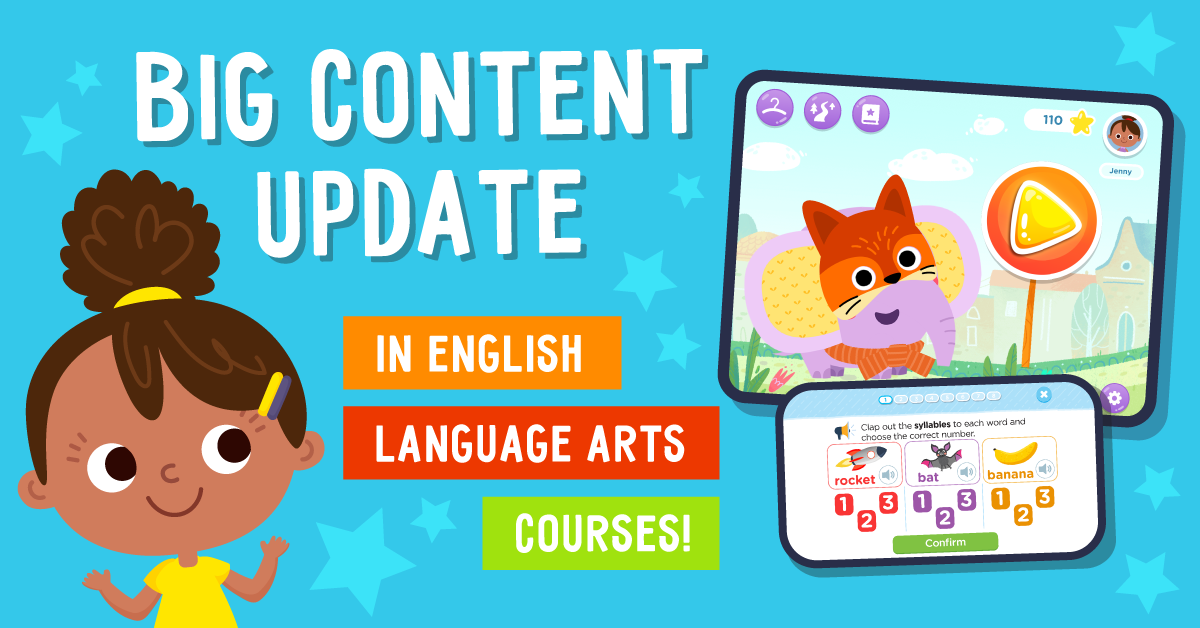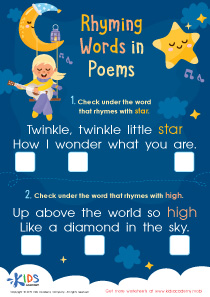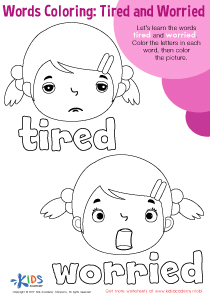Understanding symmetry Reading Worksheets for Ages 7-9
4 filtered results
-
From - To
Discover our engaging "Understanding Symmetry Reading Worksheets" designed for children ages 7 to 9. These creative resources help young learners grasp the concept of symmetry through captivating reading exercises. Each worksheet features fun illustrations and relatable context, making learning enjoyable while developing key reading skills. Students will identify symmetrical shapes, enhance their comprehension abilities, and strengthen their analytical thinking. Perfect for classroom activities or at-home practice, our worksheets cater to diverse learning styles, ensuring every child can thrive. Empower your child’s understanding of symmetry while boosting their confidence in reading with these thoughtfully crafted educational tools. Start exploring today!
Understanding symmetry is crucial for children aged 7-9 as it forms a foundational concept in both mathematics and science, promoting critical thinking and problem-solving skills. Symmetry is present in nature, art, and everyday objects, helping children grasp geometric principles and develop spatial reasoning abilities. By learning about symmetry, students enhance their ability to recognize patterns, which is essential in various mathematical functions and concepts, such as equivalence and transformations.
Moreover, introducing symmetry through engaging activities, such as hands-on projects or visual arts, allows for multimodal learning, which caters to different learning styles. These experiences can foster creativity and imagination, making math more appealing and relevant.
Parents and teachers play a vital role in reinforcing these concepts by providing opportunities for exploration, whether through nature walks to observe symmetrical elements in plants and animals or incorporating symmetry into art projects. By investing in the understanding of symmetry, caregivers can cultivate a love for learning and inquiry in young children, encouraging persistence and resilience in facing challenging problems. This foundational knowledge not only benefits their immediate educational journey but also prepares them for more complex mathematical concepts in the future.



